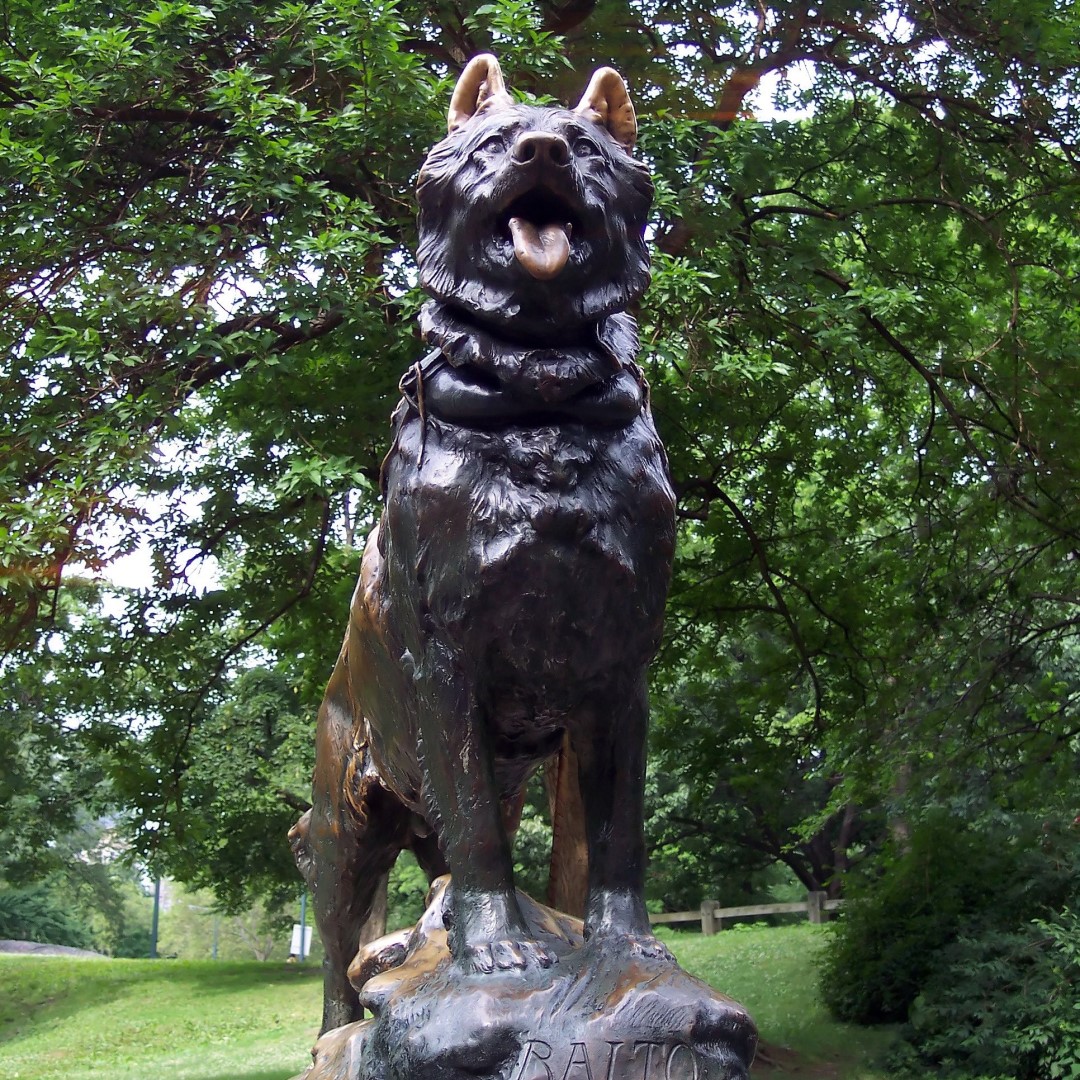
Dogsled relay in Alaska delivered antitoxin serum to Nome to combat deadly diphtheria outbreak
On Feb. 2, 1925, a life-or-death race to save the children of Nome from a diphtheria epidemic made an international hero of one sled dog, and led to the creation of Alaska’s Iditarod sled dog race.
A diphtheria epidemic threatened remotely located Nome, and air transportation was not available to transport the nearest serum located in Anchorage nearly 700 miles away. The solution was a relay of dog teams that transported the serum on the Iditarod Trail from Nenana to Nome. Each village along the route provided its best team and driver for the next leg of the relay.
The critical 91 mile leg across the Norton Sound ice from Shaktoolik to Golovin was competed by Leonhard Seppala, and his lead dog Togo. Gunnar Kaasen drove the final two legs into Nome behind his lead dog Balto through a blizzard with 80 mph winds.
The antitoxin serum arrived in time, prevented the epidemic and save hundreds of lives. The 20 mushers had covered the nearly 700 mile distance in just over 5 days and 7 hours in temperatures of 50ᄚ(F) below zero.
Tags:
Source: State of Alaska
Credit: Statue of Balto, New York Central Park. Courtesy: New York Parks Department.
